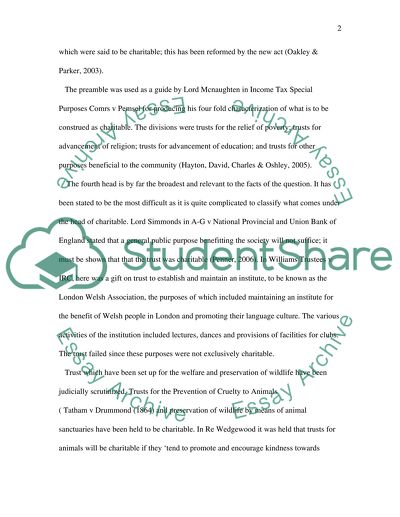Cite this document
(“Charitable Trusts as One of the Types of Equity Research Paper”, n.d.)
Charitable Trusts as One of the Types of Equity Research Paper. Retrieved from https://studentshare.org/finance-accounting/1516826-equity-essay
Charitable Trusts as One of the Types of Equity Research Paper. Retrieved from https://studentshare.org/finance-accounting/1516826-equity-essay
(Charitable Trusts As One of the Types of Equity Research Paper)
Charitable Trusts As One of the Types of Equity Research Paper. https://studentshare.org/finance-accounting/1516826-equity-essay.
Charitable Trusts As One of the Types of Equity Research Paper. https://studentshare.org/finance-accounting/1516826-equity-essay.
“Charitable Trusts As One of the Types of Equity Research Paper”, n.d. https://studentshare.org/finance-accounting/1516826-equity-essay.


